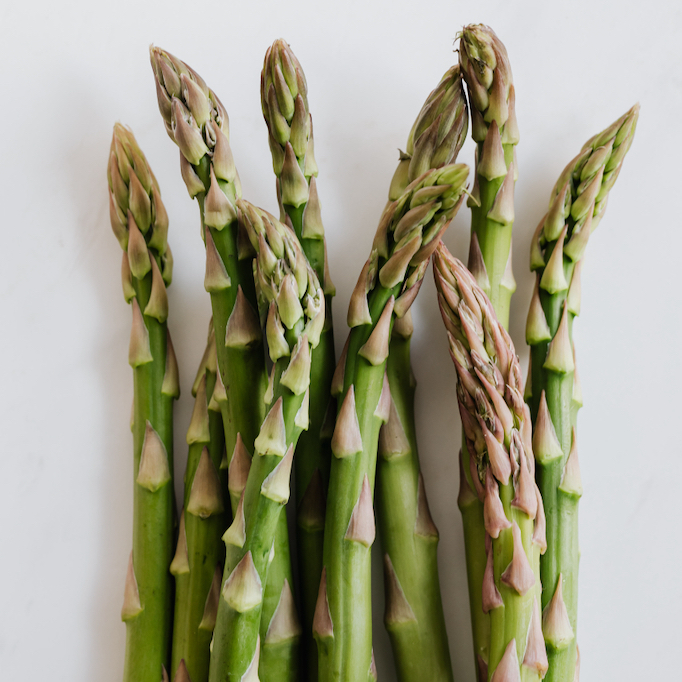
Do you want to organize your refrigerator to better suit a whole food plant based diet?
Maybe you want to incorporate more vegetables and fruits into your diet in general?
Organizing vegetables in a refrigerator isn’t difficult, but it does requires some thought and planning.
In this post, you’ll find a handy guide to help you organize and store vegetables.
You’ll be able to quickly take out what you need and keep those vegetables fresh and crisp.
Before we begin, thanks to N.S.I for suggesting this blog topic!
Here are a few ideas to help you keep things fresh.
Get to know vegetable shelf-lives.
If you want to organize vegetables the right way, then you need to educate yourself on the shelf-life of vegetables.
Vegetables don’t keep forever. Some vegetables are delicate while others are more hearty.
That’s why it’s crucial to know which vegetables will keep for several days, versus those that will keep for several weeks.
If you aren’t sure how long an item will last in the fridge, you can do a quick online search or consult a general cookbook.
You might even have your own guide in your mind from personal experience.
In my personal experience, I’ve found lettuces and alfalfa sprouts are delicate and will last only a couple of days.
More heartier vegetables, like broccoli and cabbage, are a bit more hearty and can last a week or more.
Here’s a quick list of vegetables and their heartiness, according to my own personal experience:
Delicate Vegetables
- Lettuces
- Kale
- Broccoli Raab or Rabe
- Collard Greens
- Dandelion greens
- Bok choy
- Alfalfa sprouts
- Mushrooms
- Green onions
Medium hearty vegetables
- Broccoli
- Peppers
- Eggplant
- Green beans
Hearty vegetables
- Cauliflower
- Cabbage
- Brussels sprouts
- Zucchini and/or squash
- Carrots
- Fennel
- Celery
- Beets
- Onions
- Garlic
Organize vegetables by size.
In general, it’s a good idea to store larger vegetables together in your fridge so it’s easy to see what is what.
Large bunches of kale, collard greens, and broccoli will be easy to find, so you’ll want to do your best to store them in the larger areas of the refrigerator.
Likewise, you should store smaller heartier vegetables together in drawers so they won’t get lost in the produce shuffle.
Obviously, some vegetables will have to be stored in different areas of the fridge because of their size.
For instance, a large pack of salad greens or a giant head of cauliflower won’t fit in a tiny drawer, so you’ll have to make due with what you have.
Organize vegetables by perishability.
Minimize product spoilage by paying attention to produce shelf-lives through a little bit of organization.
Store items that are more perishable towards the front of the refrigerator so you can grab them quickly and easily, and keep tabs on their freshness.
Likewise, you’ll want to store heartier items, like broccoli, cabbage, cauliflower and the like towards the back of refrigerator because they are more hearty and will keep for longer periods of time.
CREATE a PRODUCE tally.
Here’s an easy way to keep track of your produce.
After grocery shopping, make a quick list of the vegetables inside your fridge.
You can do this in a notebook, on a dry erase board, or on a piece of paper.
You could even write regularly recurring vegetables in your kitchen on separate index cards.
Rotate and store cards after you use a vegetable so you have an accurate idea of what’s left inside the fridge.
Follow the laws of physics.
Remember this little fact from high school science class? Hot air rises and cold air sinks.
Keep the laws of physics in mind when you’re planning out food storage.
For instance, you’ll want to keep leafy vegetables towards the lower part of the fridge. This will keep produce fresh and less likely to spoil or wilt.
Dry off those veggies!
Some supermarkets and grocery stores spray vegetables with water in an effort to keep produce looking “fresh.”
Unfortunately, such water spraying can quickly rot produce, especially if you do not dry off the veggies with paper towels ahead of time!
If you cannot dry off vegetables at the store using paper towels, be sure to at least open plastic bags to let vegetables breathe.
Once you arrive home, you can transfer vegetables to special produce bags to that indeed allow produce to “breathe” when bags are sealed.
Similarly, to prevent unnecessary spoilage, you should only wash vegetables until you are ready to use them.
Properly store frozen items.
Frozen vegetables are great to use in a pinch.
But did you know items stored in the freezer door never really get totally frozen?
Make sure to pack frozen vegetables items closely in the heart of the freezer.
Be sure to rotate new packs of frozen vegetables after every shopping trip.
You should also check best by dates in order to maintain freshness and prevent freezer burn.
Not everything has to be refrigerated.
Did you know? Not all vegetables or produce items must be refrigerated.
Hearty items such as potatoes, onions and garlic will keep for weeks in a cool, dark place, like a pantry, or other location in the kitchen.
How about you? Do you organize vegetables in your refrigerator in any particular method? Join the conversation and leave a comment below!





0 Comments